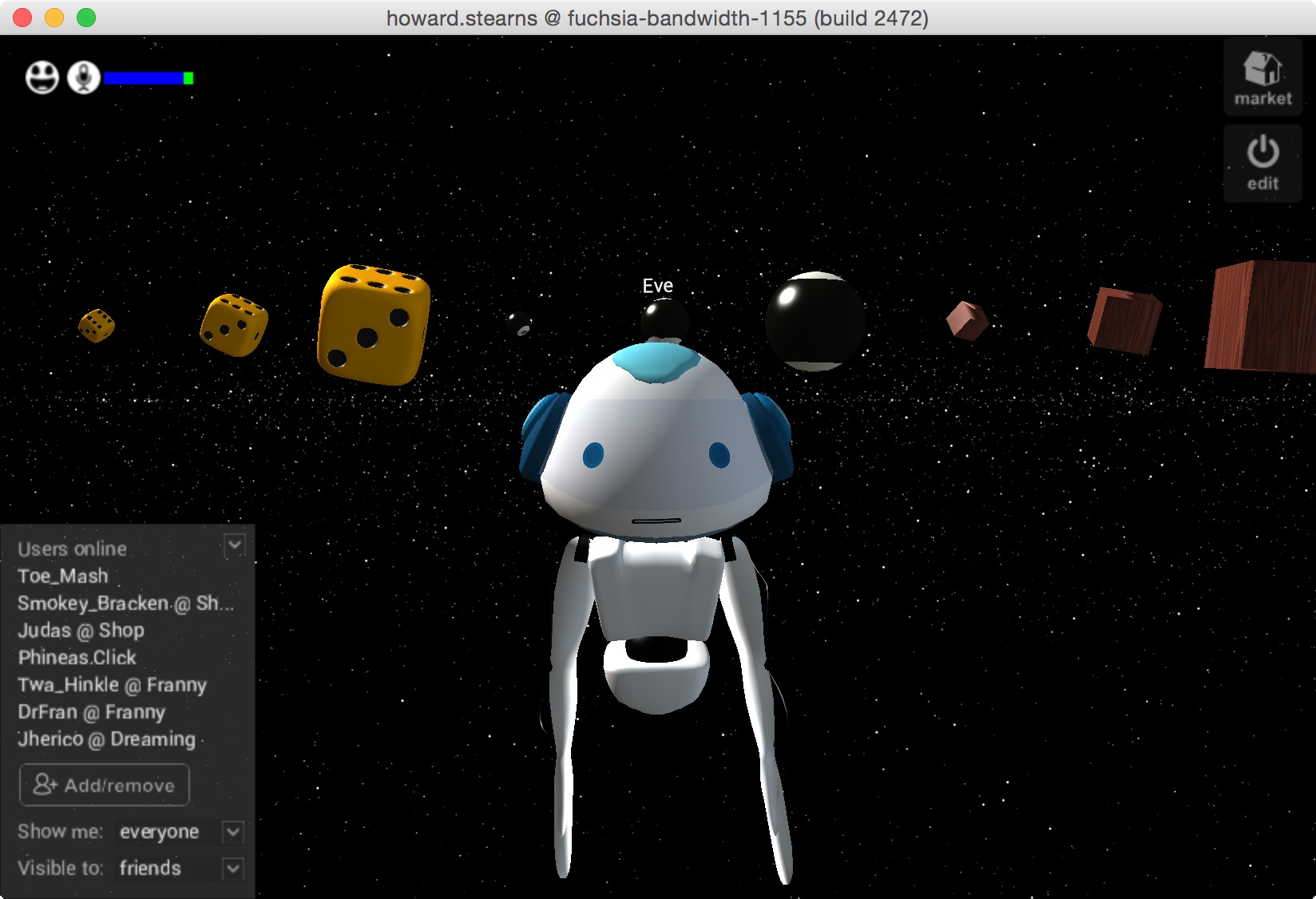One of the (many) things that piss me off is the growing plague of modal popups (also called interstitials) that seemingly every site deploys these days. These are the popups that dim the screen and take over the web page you just loaded demanding that you “Like us on Facebook!” or “Join Our Email List!” To proceed, you have to find and click on the (often tiny, obscure) X or dismiss button (which surprisingly is never labelled “F**k Off”, which is exactly what I utter when that happens) just to even see what’s on the site.
My reaction when I see this is immediate: I hit the back button. If you’re near-sighted enough ask me to like your site or give you my email address before you give me a chance to look at it for half a second, I can safely assume you too stupid to actually present content I want to see. I guess, in a way, it does me a service. It’s a nice filter. I won’t waste time on that stupid site. But I really get annoyed being slapped in the face again and again by aggressive levels of stupid.






